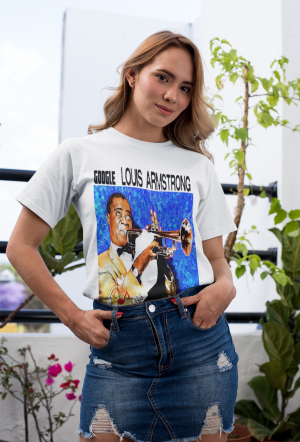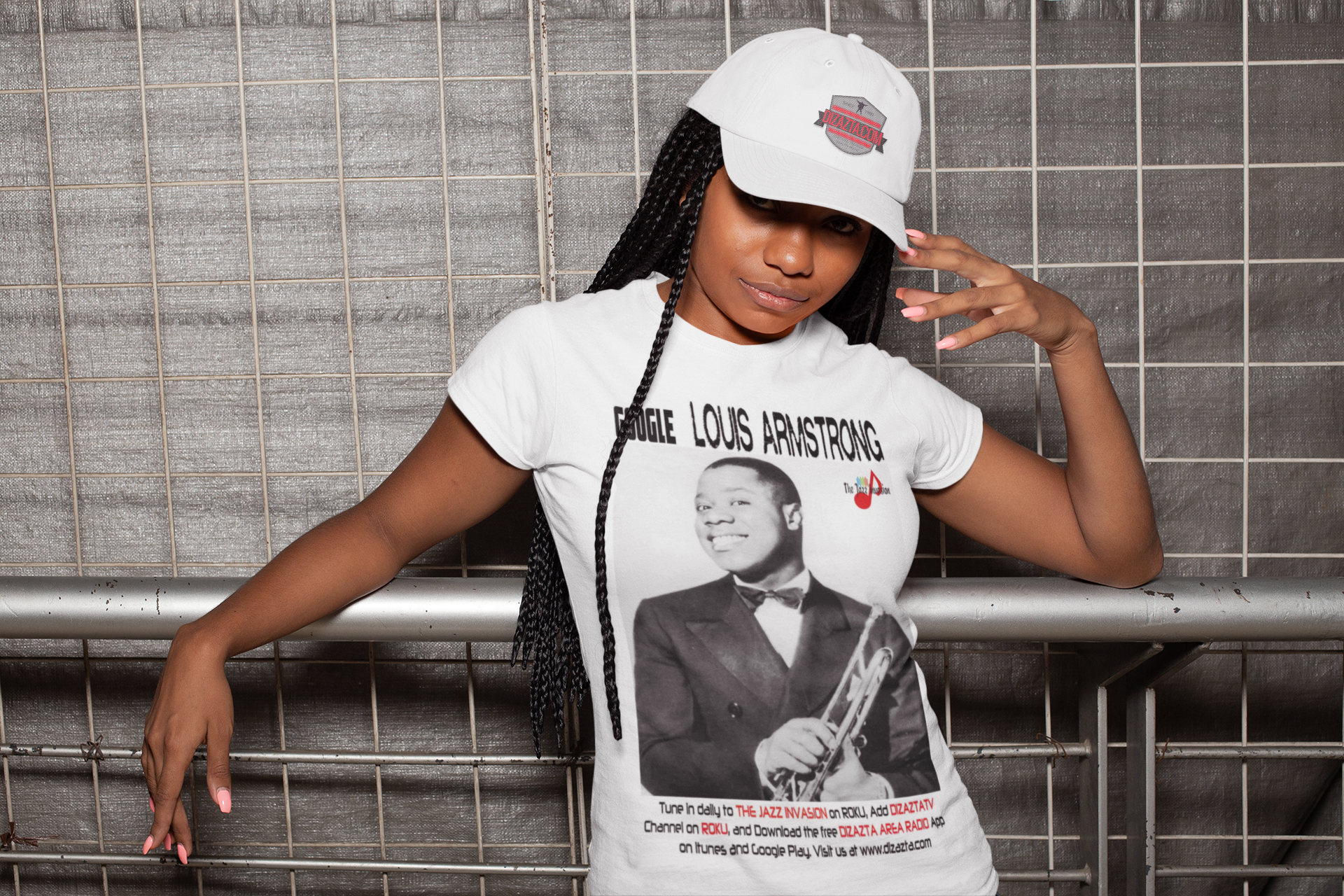LOUIS ARMSTRONG
THE JAZZ INVASION
T-SHIRT COLLECTION
Collect all the t-shirts from the historic show THE JAZZ INVASION. Be apart of the MOVEMENT that is changing the face of history.
Louis Armstrong 005
Louis Armstrong 004
Louis Armstrong 003
Louis Armstrong 002
Louis Armstrong 001
Louis Armstrong 006
Louis Armstrong 007
Louis Armstrong 008
Louis Armstrong 009
Louis Armstrong 010
Louis Armstrong 015
Louis Armstrong 014
Louis Armstrong 013
Louis Armstrong 012
Louis Armstrong 011
Louis Armstrong 016
Louis Armstrong 017
Louis Armstrong 018
Louis Armstrong 019
Louis Armstrong 020
Louis Armstrong 025
Louis Armstrong 024
Louis Armstrong 023
Louis Armstrong 022
Louis Armstrong 021
Louis Armstrong 026
Louis Armstrong 027
Louis Armstrong 028
Louis Armstrong 029
Louis Armstrong 030
































































































